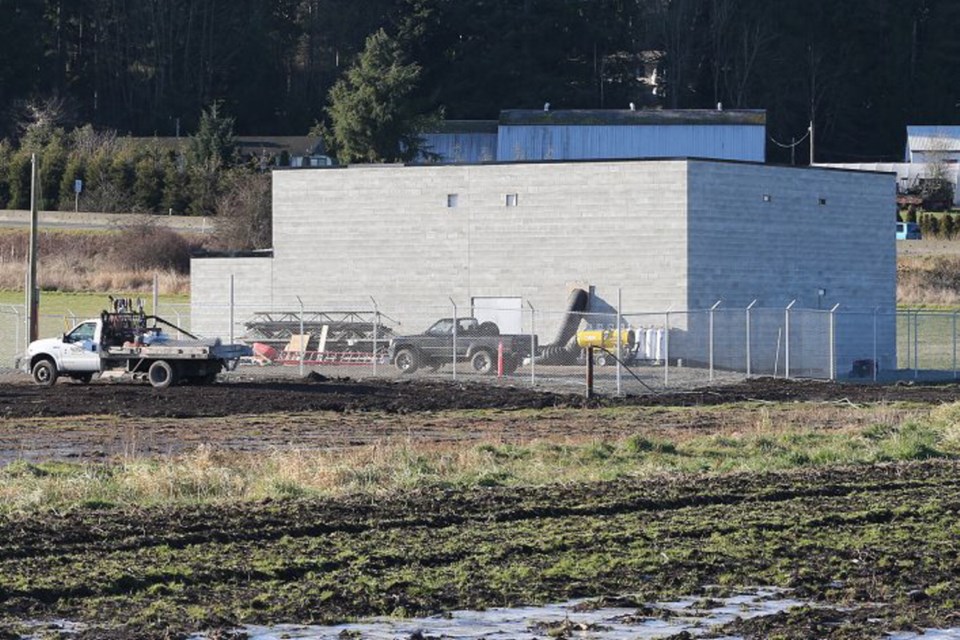Even with last week’s tabling of the marijuana legalization bill, it’s still unclear what the distribution system will look like, says Shawn Galbraith of Evergreen Medicinal Supply Inc. His company recently received approval from Health Canada to be a licensed producer of medical cannabis.
“Basically, as far as distribution, it’s up to each province to decide how they want to distribute it and tax it, so there’s a whole bunch of different models being floated out there right now,” Galbraith said.
Currently, licensed producers distribute cannabis to medical patients through the mail. However, many recreational users buy marijuana from store-front dispensaries, which the City of Victoria has moved to regulate.
Galbraith said it’s unclear how many of these dispensaries will continue to operate once the federal regulatory scheme takes effect. “There are some that play by the rules and those people will probably get a chance, but those who didn’t play by the rules will have their application scrutinized very closely.”
His medical marijuana facility, a windowless concrete cube next to the Patricia Bay Highway near Lochside Drive, received initial approval from Health Canada in February 2014. But it wasn’t until July 2016 that the necessary on-site inspection was conducted, which led to final approval last month.
Galbraith said during a recent conference call, all 43 licensed medical marijuana producers had a chance to voice questions and concerns to Health Canada officials. One of the most pressing questions was whether the federal government was going to create an additional licensing program for recreational marijuana, he said.
Health Canada said there are no plans to have a separate system, which means licensed producers will create the supply. “It means the existing licensed producers and others in the pipeline will be the first considered for production in the recreational field which is good news for us,” he said. “We’ve invested in this legitimate form of production, so we’d like to be rewarded for our efforts.”
Galbraith suspects as the black market is replaced by a legal one, it will take several years before marijuana producers are able to supply enough product to meet demand.
David Johnston, CEO of the Canadian Association for Pharmacy Distribution Management, said the association wants to work with the federal and provincial governments to ensure the association has a role in distributing marijuana safely and efficiently from licensed producers to retailers. “We’re saying when it comes to the distribution of pharmaceutical products, cannabis is still a drug and we are a natural partner ready to go,” Johnston said.
The marijuana legalization bill, introduced by the federal government last week, set out a host of proposed rules, including: sales to be restricted to people age 18 and older, although provinces would have the jurisdiction to increase their own minimum age; adults would be allowed to possess up to 30 grams of dried cannabis, or its equivalent in non-dried form; and sales by mail or courier through a federally licensed producer would be allowed in provinces that lack a regulated retail system. Adults would be allowed to grow up to four cannabis plants, no larger than one metre in height, for each residence.



